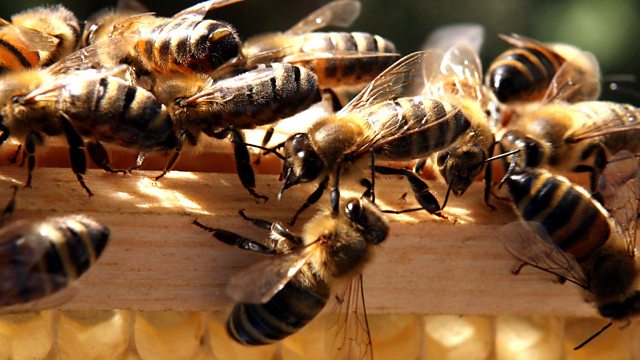Self-Assembly
From cells building a human embryo to robots using swarm intelligence to work together, Bridget Kendall and guests explore self-assembly.
Bridget Kendall and guests explore the amazing world of 'Self Assembly'. Cells working together to build a human embryo, a swarm of bees, robots joining forces to explore challenging terrain. These are all examples of self assembly - the coming together of simple units to form something of great complexity. Bridget is joined by experimental biologist Jamie Davies, chemical engineer and physicist Sharon Glotzer and robotics engineer Roderich Gross.
(Photo: Bees working together: Credit: Matt Cardy/ Getty Images)
Last on
More episodes
Previous
![]()
Growing kidneys in the lab
Experimental biologist Jamie Davies explains how he grows kidney tissue in a dish
Jamie Davies

Jamie Davies is Professor of Experimental Anatomy at the University of Edinburgh. He unravels the processes by which a fertilised human egg is able to develop into an embryo without any external input. He also talks about using cellular self-assembly to grow kidneys in the laboratory.
Roderich Gross

Roderich Gross is Senior Lecturer in Robotics and Computational Intelligence at the University of Sheffield. He uses small, simple robots – ‘swarmbots’ – to work together without an overall blueprint to carry out a variety of tasks. Their behaviour is modelled on the swarm intelligence which can be observed in the natural world – flocks of birds, swarms of bees, shoals of fish etc.
Sharon Glotzer

Sharon Glotzer is Professor of Chemical Engineering at University of Michigan College of Engineering. Her work with nanoparticles and molecules uses self-assembly to create new materials with properties such as the ability to change shape or colour. She also envisages using the technology to store data not on hard drives, but in clusters of particles suspended in liquid.
Broadcast
- Sat 4 Apr 2015 11:00����ý Radio 4


